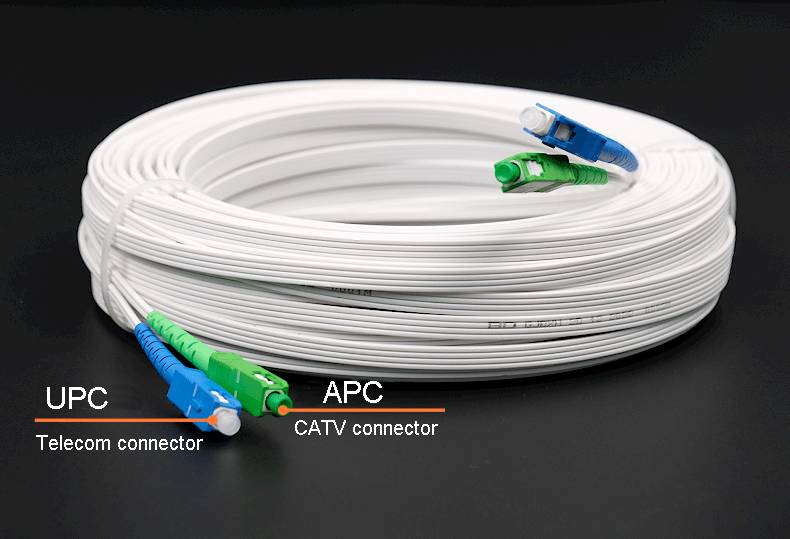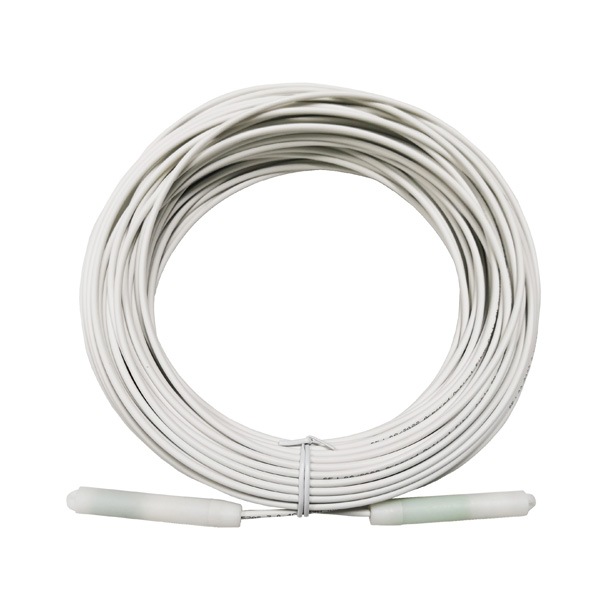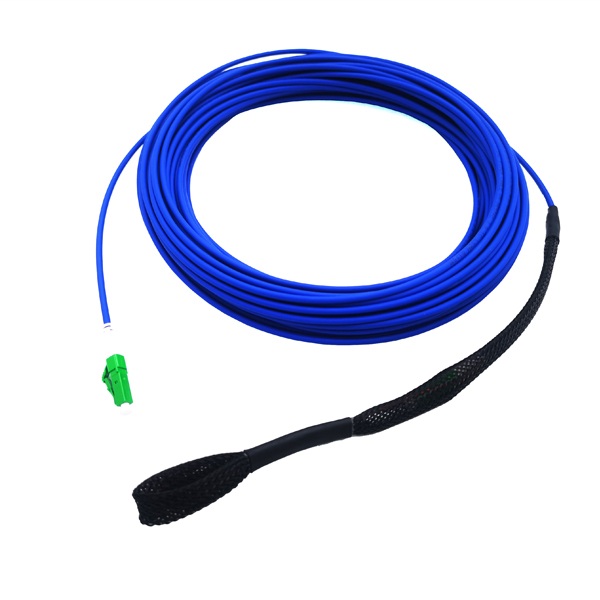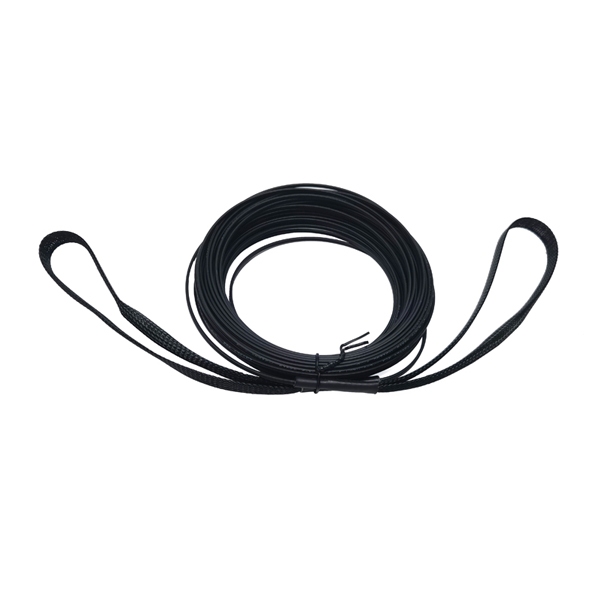The common ways of entering households for fibreoptic cables mainly include the following four types:
Fiber to the Home (FTTH)
using butterfly fiber optic cables or indoor/outdoor universal fiber optic cables, supporting high-speed data transmission (bandwidth up to 10Gbps), strong anti-interference ability, but requiring connection to optical modem equipment for signal conversion.

Ethernet cable access to households
Using twisted pair copper wire cables (such as Cat5e, Cat6,cat6e, cat7, cat7e specifications), directly deployed to routers or computers, commonly found in residential broadband and office spaces.
Telephone line to home
Transmitting signals through regular telephone lines requires the use of a modem to separate voice and network data, making it suitable for traditional ADSL broadband.
Coaxial cable entering the households
Based on TV cable (coaxial cable), compatible with broadcasting and television broadband services, while supporting TV and network functions.
In FTTH implementation, fiber interface types (such as SC for optical modem, LC for switch, FC and ST for fiber distribution frame) need to be matched according to the equipment environment to optimize connection stability.




